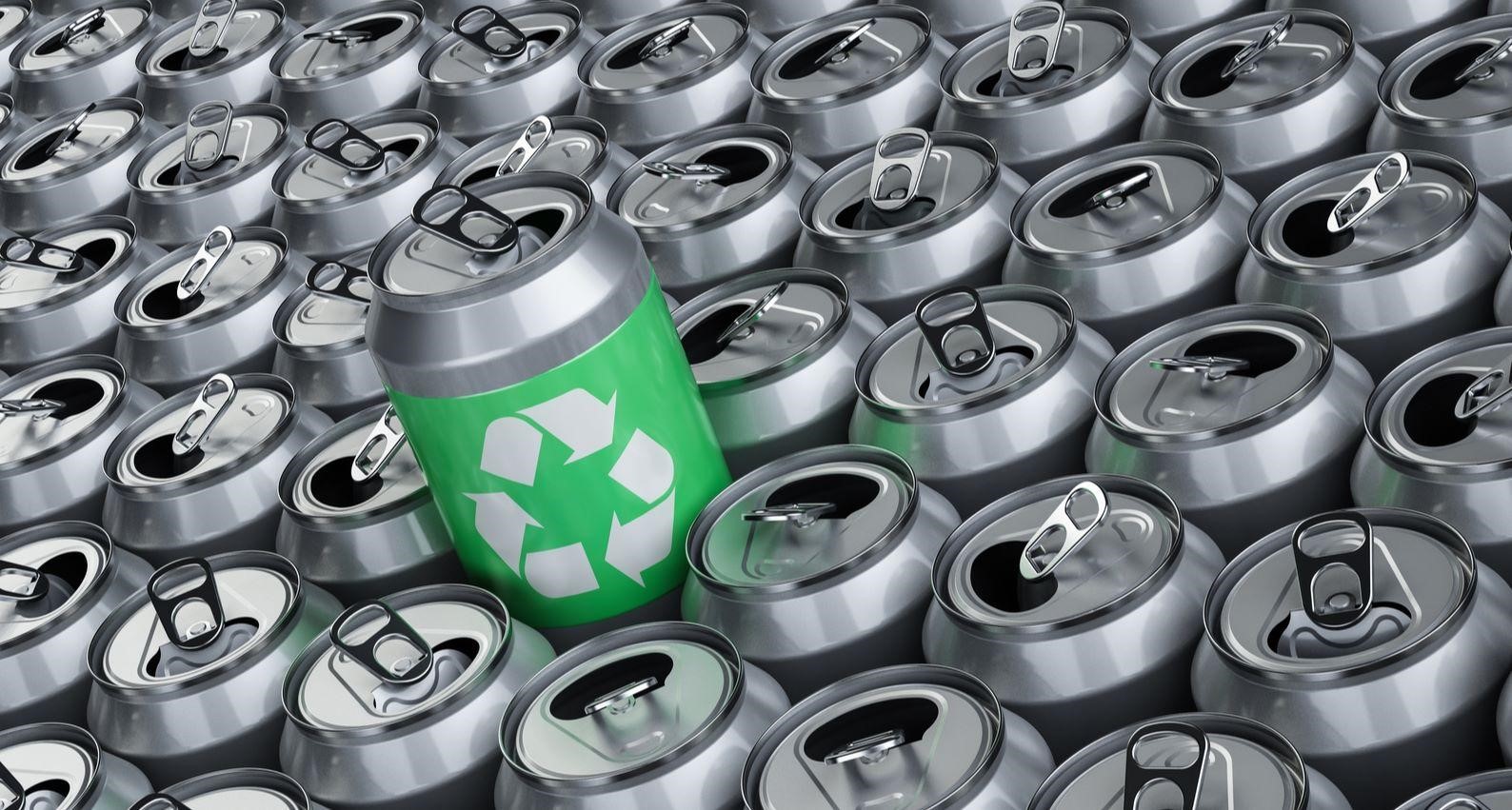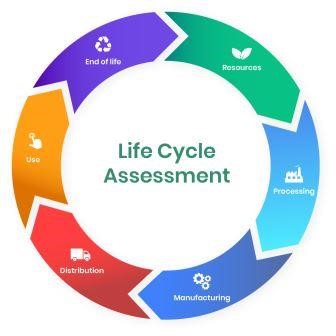

The Energy and Resources Institute (TERI) has recently published a pioneering study in India that compares the most popular beverage containers and finds that aluminium cans have the lowest Global Warming Potential (GWP).

The Life Cycle Assessment, which is also known as LCA is a methodology for assessing environmental impacts associated with all the stages of the life cycle of a commercial product, process, or service.
The Life Cycle Assessment (LCA) measured the environmental sustainability of aluminium cans, glass bottles, PET plastic bottles, and multilayer packaging (MLP). A total of 18 categories of environmental impact were assessed for the packages, including GWP, water consumption, acidification, and material circularity.
Among the containers evaluated were 250 ml and 500 ml aluminium cans; 200 ml, 600 ml and 750 ml PET bottles; 200 ml, 330 ml and 650 ml glass bottles; and 200 ml MLP cartons.

In its 500 ml form, aluminium cans, already the world’s most recycled drinks container, averaging 69% globally and 85% in India, performed best in multiple impact categories, in particular, because of their recyclability, high recycled content and lightweight.
However, the 200 ml MLP cartons emerged as a close second concerning GWP and followed by the 600 ml PET bottles. Due to their energy-intensive manufacturing and low recycled content, single-use glass bottles did not perform well across several impact categories.
On 13th June 2022, at India’s national capital New Delhi, ‘Sustainable Beverage Packaging Options in India: A Comparative Life Cycle Assessment Study’ commissioned by Ball Beverage Packaging, India was presented to Bhupender Yadav, Minister of Environment, Forests and Climate Change, Govt. of India.
In this study, LCA was applied across a 'cradle to grave' substrate cycle using data specific to India. This includes raw material extraction, the manufacture of primary and secondary packaging materials, transportation between the different stages in the value chain, as well looking at the end-of-life aspects of the different packaging types.
Dr Vibha Dhawan, the Director-General of TERI said, “This study has been carried out at a time when there is growing environmental consciousness among Indian consumers and significant policy thrust by the Indian government towards the promotion of circularity across various sectors.”
According to Dr Dhawan, India has already drafted a national resource efficiency policy which stipulates that our economy must achieve complete circularity in all sectors.
She further added, “This LCA Report will significantly contribute towards the ambitious initiative of the Circular Economy Mission of the Government of India, thereby helping them in making sound decisions towards strengthening resource efficiency in the beverage packaging sector in India.”
Amit Lahoti, The Regional General Manager – Asia for Ball Beverage Packaging said, “In India, more than 85% of aluminium cans are being collected for recycling and the Ball cans assessed in this study contain more than 76% recycled content. On this basis, aluminium beverage cans can be described as a material of choice for a circular economy, helping brands and consumers using this packaging to reduce their carbon footprint.”
Souvik Bhattacharjya, the Associate Director at TERI said, “A life cycle assessment can help provide better insights into beverage packaging choices and their sustainability implications.”
“The environmental assessment across various beverage packaging substrates reveals that aluminium has a relative advantage on quite a few environmental parameters. MLPs are light for transport but they’re complex in structure, making them difficult to recycle.”
“The study intends to inform stakeholders along the production-consumption chain about making the right choices, reducing environmental impacts, and supporting a circular economy.”
Responses








